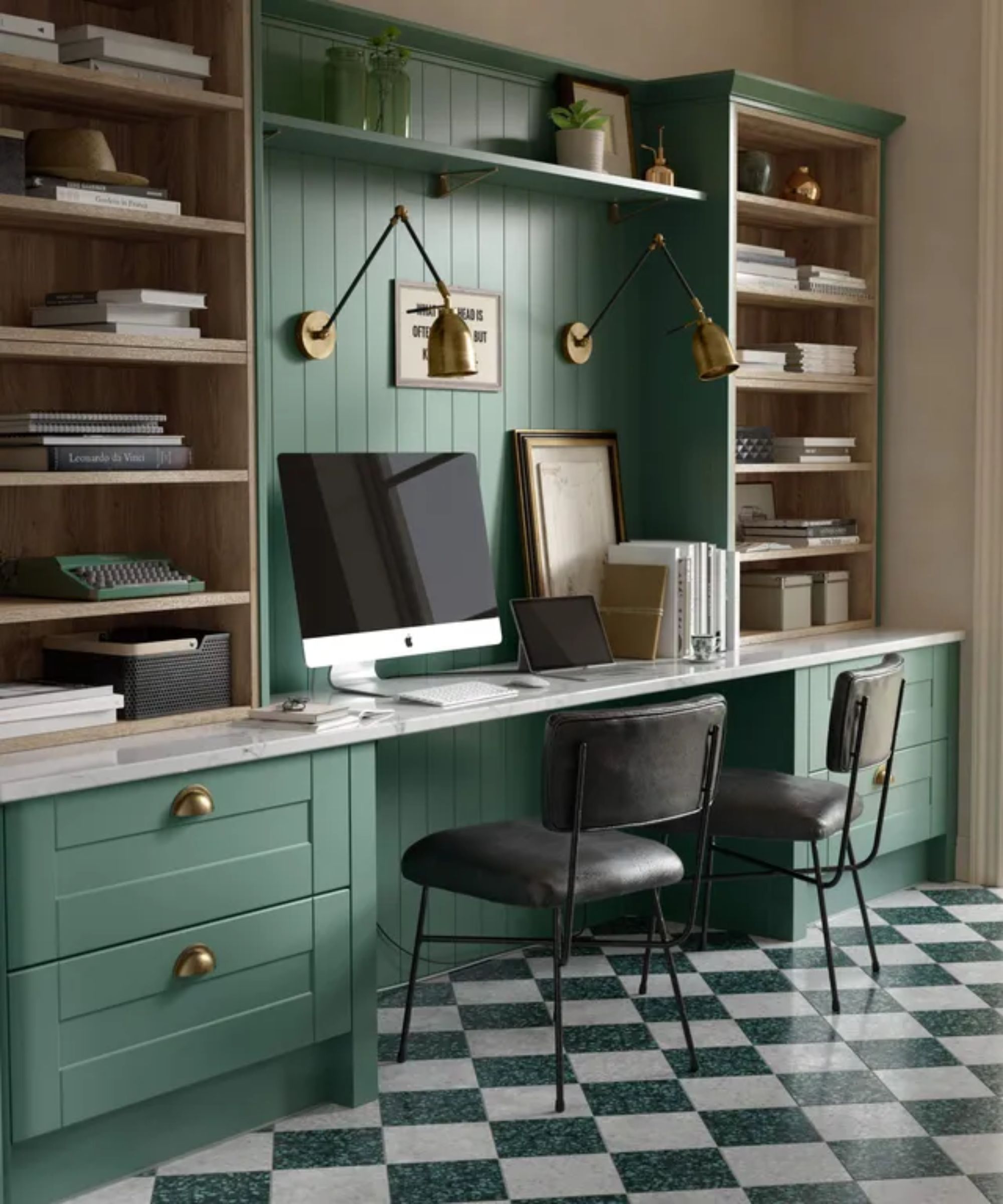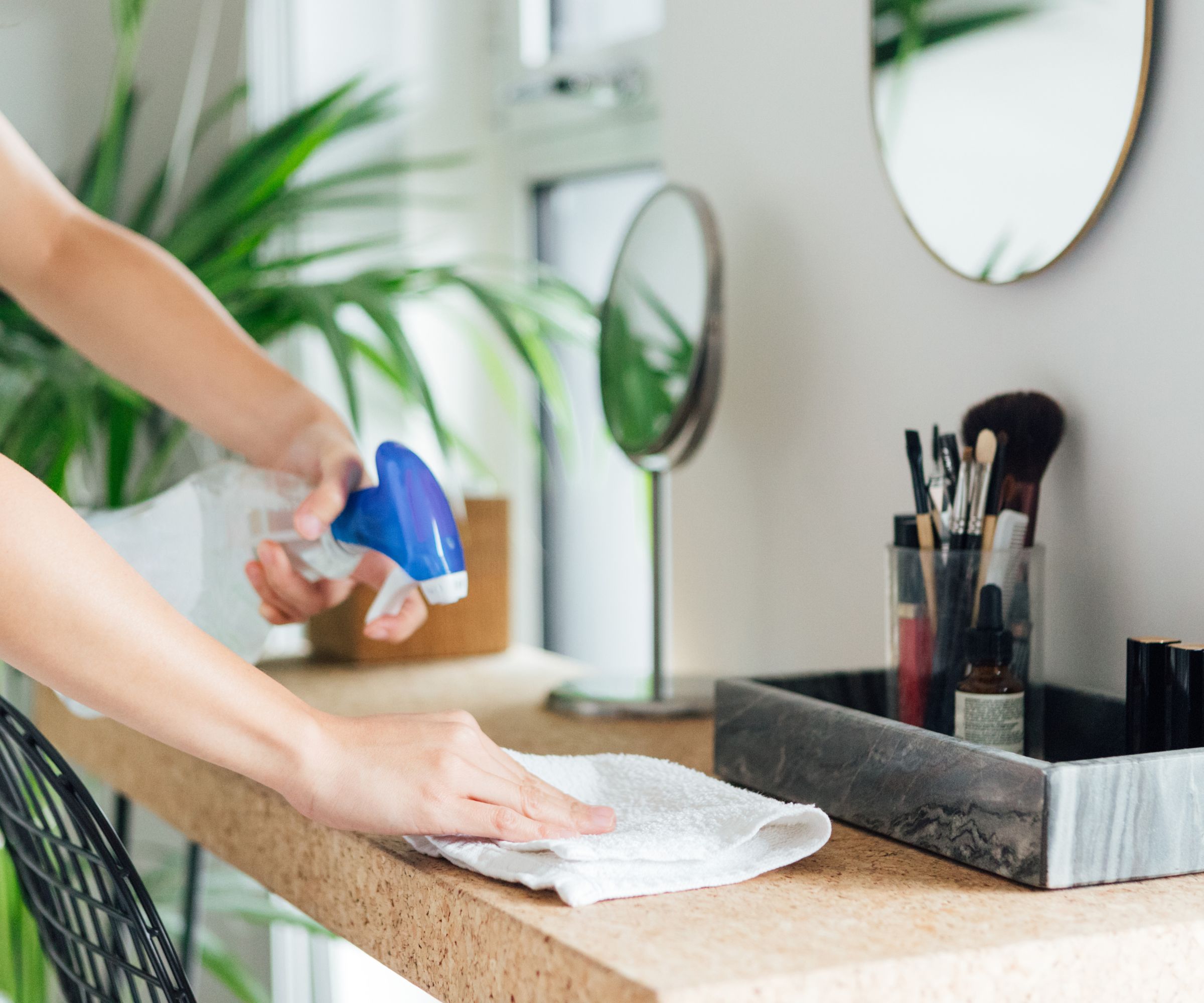The GTD method will clarify even the most complicated of to-do lists – here’s how
Turn chaos into clarity with this staple productivity method


It shouldn’t come as a surprise that a mind that initially evolved to hunt, gather, and survive struggles to keep track of the mountains of ‘must-dos’ and essential tasks required to run a household while juggling a social life and work.
It is easy to feel bogged down and overwhelmed by the sheer amount of stuff we need to do every day, often leading us to burnout – but how do we make our to-do lists less overwhelming without abandoning them altogether?
Productivity consultant David Allen suggests it is simpler than we think. He created the GTD method (Getting Things Done) for exactly this purpose – helping to demystify stress-free productivity. This is how.
The GTD method
Defined as ‘a personal productivity methodology that redefines how you approach both your life and your work,’ the ‘Getting Things Done’ method still uses a to-do list, but in a way that clarifies every task so that you barely have to think when you come to action them – helping to significantly reduce mental load.

‘The Getting Things Done (GTD) method is a tool-agnostic, five-step framework to help declutter people's brains and better prioritize tasks. It's a wonderful and versatile approach to clarifying messy situations and projects, particularly when we're feeling overwhelmed, anxious, or worried,’ explains Silvia de Denaro Vieira, Co-Founder and CEO of home productivity app, Coexist.
The idea is that the less information you are mentally keeping track of, the easier it is to be productive and focused. This, in turn, reduces stress.
The GTD Method | $11.79 at Amazon
Since it was first published over fifteen years ago, David Allen’s 'Getting Things Done' has become one of the most influential business books of its era and the ultimate book on personal organization.
The five steps are simple, Ananvita Bhattacharya, wellness expert and owner of WellnessZing continues:
Design expertise in your inbox – from inspiring decorating ideas and beautiful celebrity homes to practical gardening advice and shopping round-ups.
- Capture: Collect every task, idea, or project from your mind and place it into a trusted system outside your brain, such as a journal or a digital planner. Don’t worry about them being organized for now; simply note them down to get them out of your mind.
- Clarify: With everything written down in its most basic form, it is time to break down what each task entails and how you want to go about it. If it's immediately actionable, decide the next action; otherwise, discard it or file it for future reference.
- Organize: With everything defined, you can now put everything where it belongs. Actions get scheduled, and reference material gets stored. This step also includes organizing tasks by contexts related to when and where they can be done.
- Review: Regularly update and review to reflect any changes in your work or life. This ensures nothing slips through the cracks.
- Engage: Execute the tasks based on your priorities set in the system.
The pros of the GTD method

There is a reason the GTD method has endured over 20 years – it works, wellness expert Ananvita Bhattacharya assures. ‘GTD is not just about managing your to-do list; it's about ensuring that you're working on the right things at the right time. It allows you to store your tasks in a system that makes sense to you – whether a digital app like Todoist or a simple pen and paper.’
It is effective no matter if you have a busy work day, or need to clean the house when you feel overwhelmed, making it a truly customizable approach to productivity. You can even pair it with other productivity tips, such as the scary hour method, or the hunter method, to tackle to-do lists you have been avoiding for months.
‘It is particularly effective if you often feel overwhelmed by responsibilities, struggle to manage a traditional to-do list, find it hard to focus with a cluttered mind, or regularly start projects but fail to see them through to completion,’ Ananvita says.
The cons of the GTD method

As with any productivity method, the GTD method does have a few pitfalls depending on your lifestyle and what you need it for. For instance, it takes longer to set up a standard to-do list as you need to clarify tasks and be analytical about your priorities. While this is a great way to help create a weekly organizing schedule, for example, it might not be the best approach if you need to quickly blast through last-minute tasks in a single morning.
What’s more, the GTD method is a very personal approach to productivity, meaning it doesn't always translate well into a group setting, adds Nuala Turner, spokesperson and editor of The Digital Project Manager:
‘GTD is best for organizing and planning your own individual tasks, rather than big group events, such as a family reunion or a big project at work. You know best what’s involved in your own tasks, and you can speak directly to the questions used to clarify and categorize tasks: Will the task require more than one step to complete? Will it take more than two minutes? If not, do it right away. Does it need to be completed by a specific time or date?’

Finally, the framework was created with the workplace in mind, meaning you might need to alter it slightly to fit it into your home and your daily, weekly, and monthly home organizing tasks, continues Silvia de Denaro Vieira of Coexist. ‘Given that the framework was launched 20+ years ago by a man, and uses gendered examples, it's natural that GTD has been popularized mostly amongst men,’ she explains. ‘GTD also focuses more on career-related scenarios, rather than home and family life where you have to closely collaborate with a partner. That is not to say that the framework itself cannot be adapted into collaborative tools such as the Coexist app to help manage home life, however,’ she assures. It is about striking a good balance and communicating with the people you live with about your new approach so they can also get involved and support you.
No matter if you are trying to set up a better work-life balance at home, or stop procrastinating tackling the hardest of household chores, the GTD method can help you mitigate stress and streamline your thought process. Pair this approach with the best scents for boosting productivity and you’ll be off to the races in no time.

Chiana has been at Homes & Gardens for two years and is our resident 'queen' of non-toxic living. She spends most of her time producing content for the Solved section of the website, helping readers get the most out of their homes through clever decluttering, cleaning, and tidying tips. She was named one of Fixr's top home improvement journalists in 2024.
